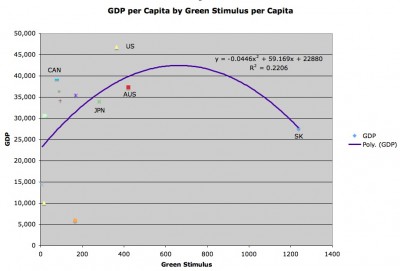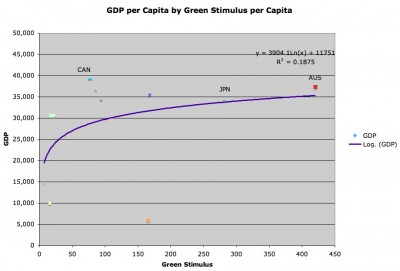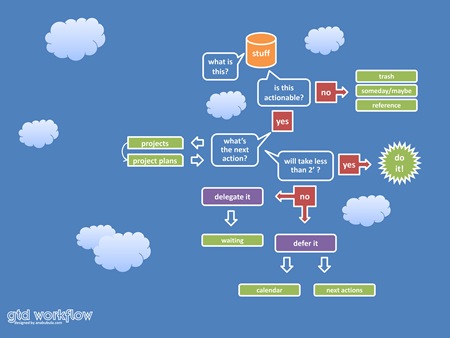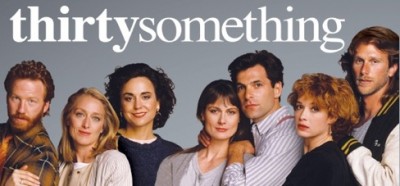 On the UC Berkeley campus, the Center for Open Innovation is doing work in this interesting new area::
On the UC Berkeley campus, the Center for Open Innovation is doing work in this interesting new area::
“Open innovation is the use of purposive inflows and outflows of knowledge to accelerate internal innovation, and expand the markets for external use of innovation, respectively. [This paradigm] assumes that firms can and should use external ideas as well as internal ideas, and internal and external paths to market, as they look to advance their technology.”
Henry Chesbrough, Open Innovation: Researching a New Paradigm
In a recent talk, part of the discussion was on innovation and how it related to higher education. There was talk of “silos” of knowledge. So, when students are taking courses, they specialize in tracks, in terms of a functional area like finance or a specific type of engineering. The problem with this is that this may not be the best preparation for students to work in the area of innovation and I would extend this much more broadly. In other words, universities should be preparing students to think and problem solve innovatively. My experience is that there is lip service paid to this, but what becomes the focus is instilling a corpus of knowledge.
 Last spring, Mark C. Taylor created a firestorm of controversy by calling the university on the carpet as an antiquated institution…and graduate education as the “Detroit of higher learning”. Oh, you didn’t hear about this? That’s because the controversy was mainly in the halls of acadème with the rest of the world marching on without missing a beat. Nevertheless, Taylor brought up some excellent points, six key ones to be specific. Two that struck me were revising the curriculum and abolishing departments. His example on a focus on problems used “water”::
Last spring, Mark C. Taylor created a firestorm of controversy by calling the university on the carpet as an antiquated institution…and graduate education as the “Detroit of higher learning”. Oh, you didn’t hear about this? That’s because the controversy was mainly in the halls of acadème with the rest of the world marching on without missing a beat. Nevertheless, Taylor brought up some excellent points, six key ones to be specific. Two that struck me were revising the curriculum and abolishing departments. His example on a focus on problems used “water”::
“Consider, for example, a Water program. In the coming decades, water will become a more pressing problem than oil, and the quantity, quality and distribution of water will pose significant scientific, technological and ecological difficulties as well as serious political and economic challenges. These vexing practical problems cannot be adequately addressed without also considering important philosophical, religious and ethical issues. After all, beliefs shape practices as much as practices shape beliefs.
A Water program would bring together people in the humanities, arts, social and natural sciences with representatives from professional schools like medicine, law, business, engineering, social work, theology and architecture. Through the intersection of multiple perspectives and approaches, new theoretical insights will develop and unexpected practical solutions will emerge.”
Many in the academy went ballistic, but often citing “pragmatics” that, to me, were often thinly veiled rationale for preserving extant institutional structures, power bases, and resource allocations. In a Kuhnian philosophy of science sense, there was a lot of clinging to the existing paradigms and the marginalization of any “crisis.” There is a crisis. It is one of relevance.
Open innovation is a new paradigm that’s focused on problems. If I looked back on labels that have been used to describe my work, it includes marketing, branding, Internet marketing, economic sociology, and social media. A common theme is “technology & media,” which in my mind defines a particular paradigm examining the intersection of both, which encompasses the humanities, the social sciences, the professional disciplines, and the applied technological. If I had my druthers, courses would be less about checkboxes and more about developing and synthesizing knowledge structures. Maybe life sciences with a lab could be substituted with a rigorous survey of the issues, challenges, and opportunities of bionanomedicine.
While paradigms and departments are both social constructions, they can be forced into an artificial structure or allowed to evolve organically…or even die. I once sat in on a session where local employers close to a university I was working at stated what they wanted in an ideal undergraduate candidate. There was a lot of passive reaction to what often boiled down to a desire for vocational education for job candidates. Can students use the advanced features of Outlook or do a mail merge? Please. Universities need to redesign what they’re offering after reconceptualizing what they really are trying to do, knowledgewise, starting with the curriculum. Over a decade ago, I was reading about differential perspectives on knowledge. Some organizations treat employees {as repositories of knowledge} like stones in a wall to be built. Others treat them like uniform bricks. Universities play a role in this shaping. Over the years, I grew weary of the pressures to create bricks and questioned the true utility of this.
I also think it’s time for universities to move away from churning out undergraduates, graduate, and professional students and become true fixtures of communities with a mission of serving lifelong learning–in the era of the free.
Twitterversion:: Innovation & innovative thinking in higher ed. Will knowledge “silos” persist & how will ivory tower adapt? http://url.ie/2i59 #ThickCulture @Prof_K
Song:: LITTLE BOXES – The Submarines




 On the UC Berkeley campus, the
On the UC Berkeley campus, the  Last spring, Mark C. Taylor
Last spring, Mark C. Taylor 



